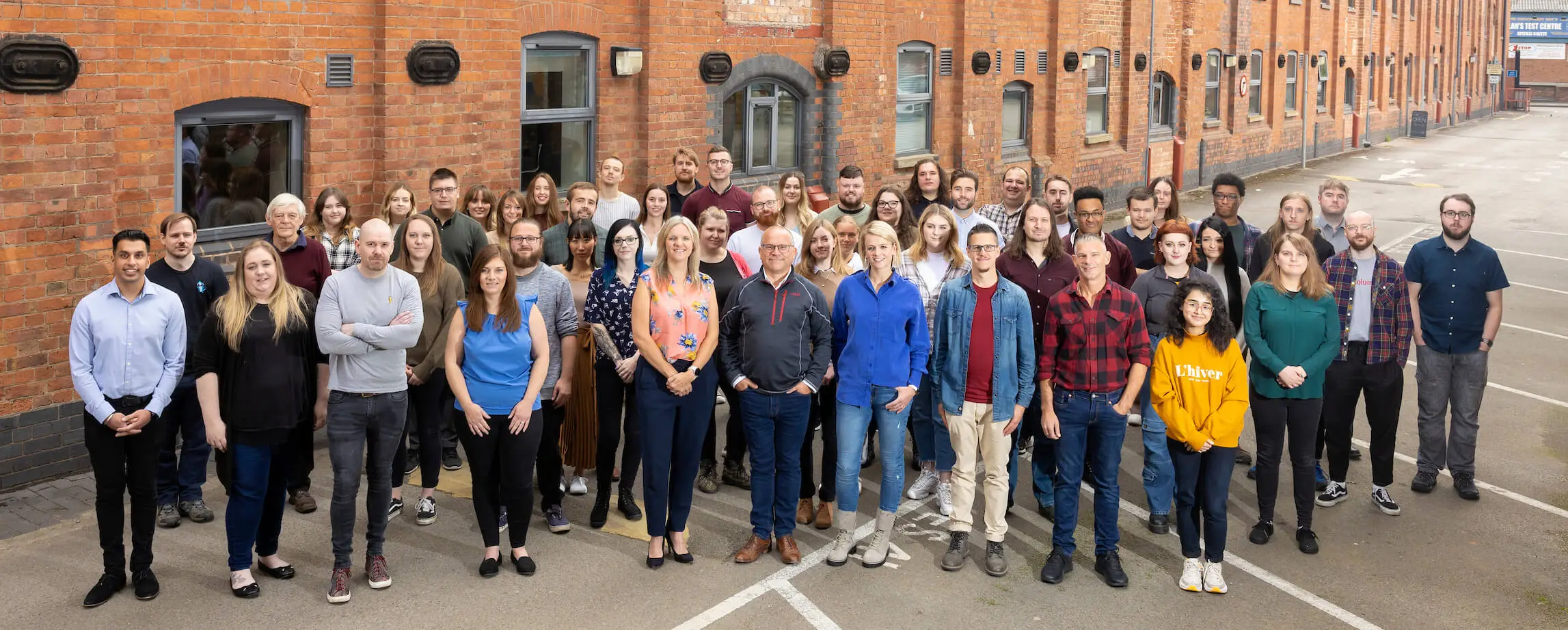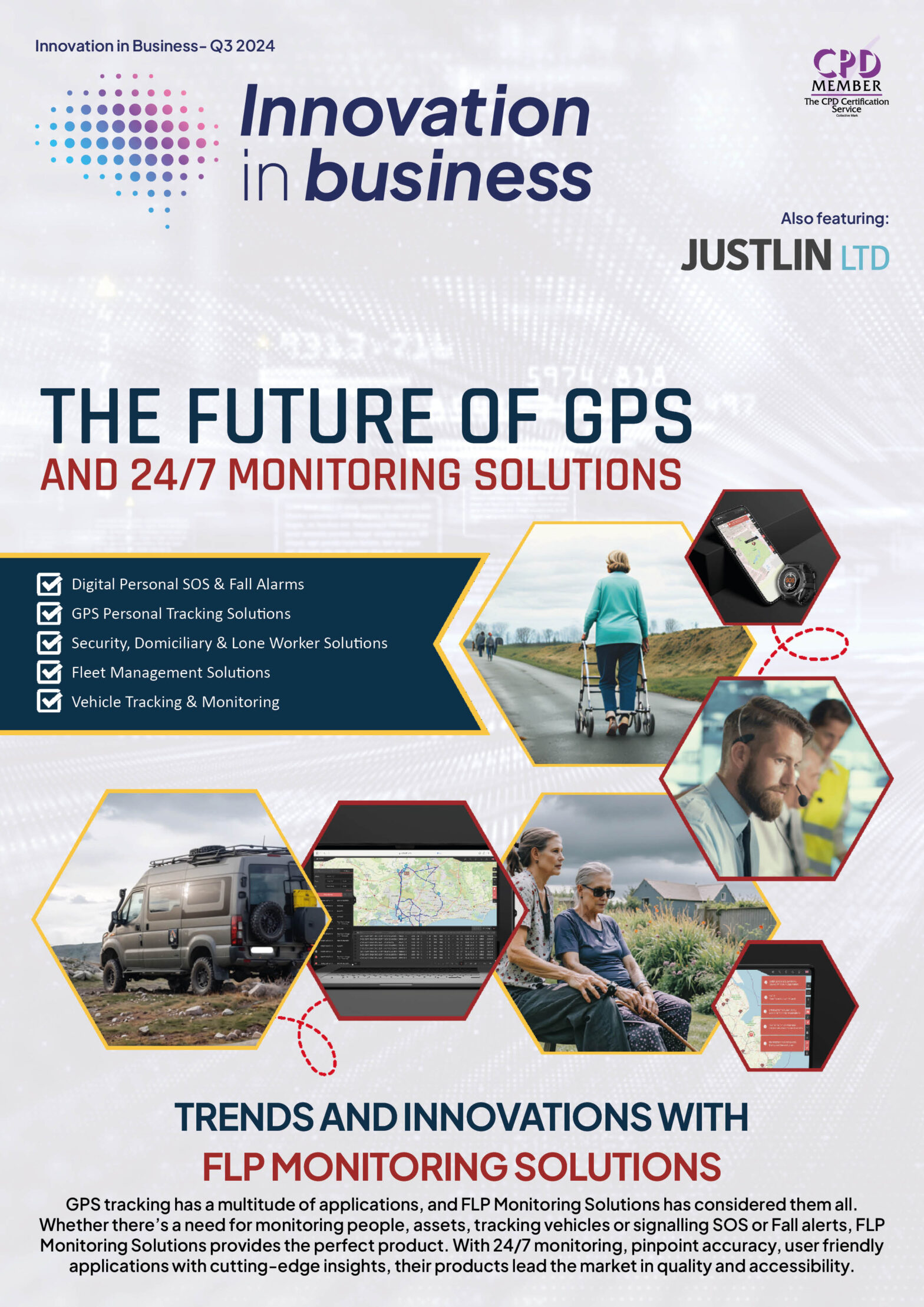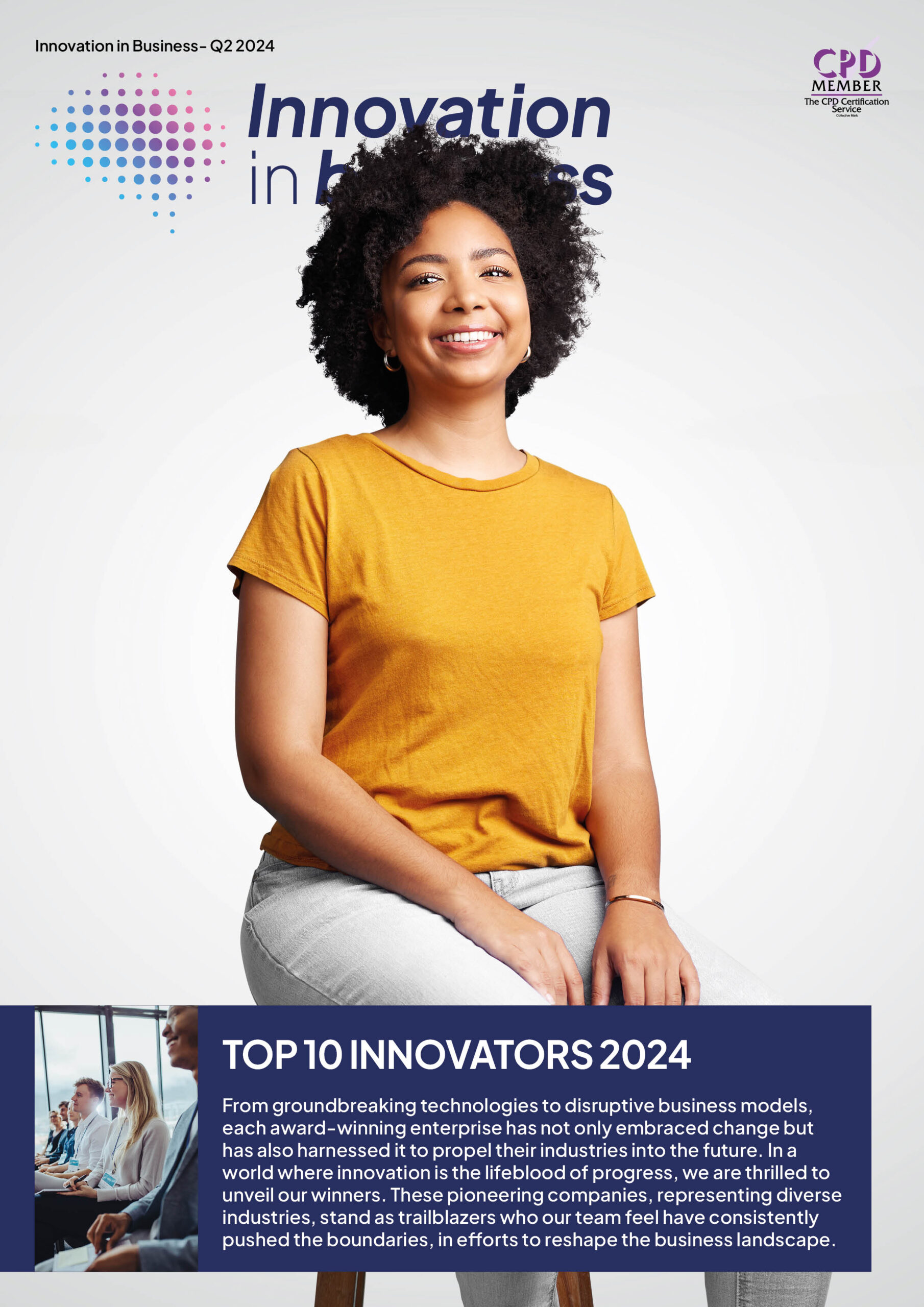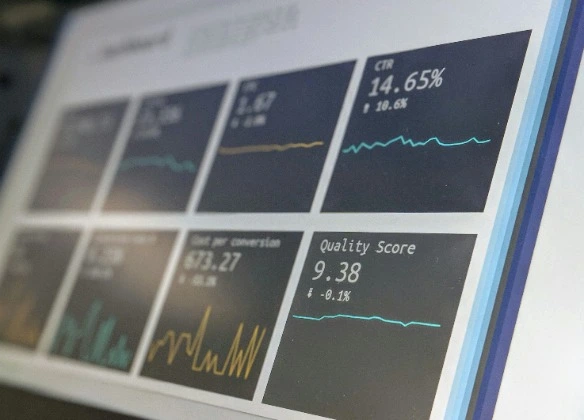
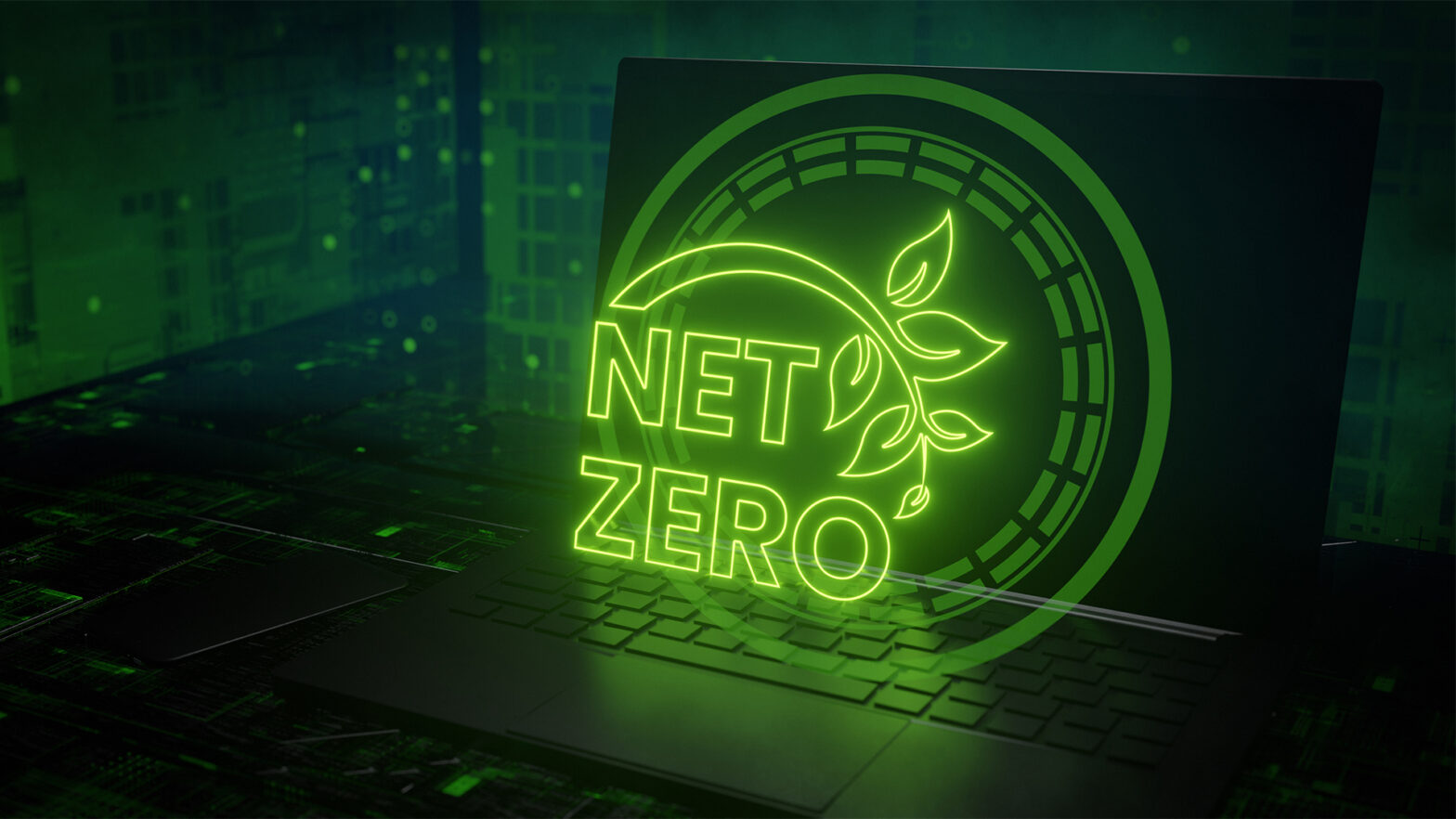
By James Clements, Director Net Zero Property at Wattwatchers
Achieving net zero isn’t a set-and-forget process. It requires constant tracking, adaptation, and a smart tech stack to turn your sustainability commitments into measurable impact. Some governments are already leading the way, using procurement policies to drive change. The Australian Commonwealth Government’s APS Net Zero procurement strategy, for instance, sets minimum energy performance standards for the buildings it leases and the hotels it uses.
As part of this strategy, the department plans to achieve APS Net Zero 2030 targets by maintaining a NABERS energy rating of 5.5 stars for base buildings and tenancies in metro areas, and 4.5 stars outside metro cities. But tracking, managing and rating these assets accurately depends on good energy monitoring technology.
Governments tend to manage large, unwieldy portfolios with mixed ownership structures, some assets are owned, others leased, making it a significant challenge just to consolidate emissions data across portfolios. Without the right tools, this process is bogged down by manual data collection, slowing progress and introducing errors.
The solution? Finding the right combination of hardware and software to automate data collection and analysis, giving governments a clearer, faster and more accurate view of their emissions. This leads to better decisions, with less effort and real impact.
Managing the Net Zero Journey: Why It’s Not Set-and-Forget
Many of the measures used in a net zero strategy need ongoing management to ensure they deliver promised benefits. Solar energy is a great example. If a system stops generating or experiences reduced performance, you need to know about it and fast.
Operations teams need to be empowered with the right tools to monitor and manage assets effectively. If they can’t see what’s happening in real time, problems go unnoticed, leading to inefficiencies and missed sustainability targets.
Real-Time Data: The Key to Smarter Infrastructure Planning
Granular, real-time data is invaluable when planning and implementing electrification projects. Too often infrastructure decisions are based on simplistic rules or heuristics that don’t reflect real-world energy patterns. Here’s where detailed data makes a difference:
- EV Charging Infrastructure: Many commercial properties struggle with EV charge point deployment due to outdated assumptions about load profile and timing of charger use. Real-time energy management helps optimise placement, so more chargers can be installed without unnecessary infrastructure upgrades.
- Solar Feasibility: Scaling up renewables is a strategic imperative, and accurate data on building load profiles and voltage levels ensures solar infrastructure is right-sized for each site.
- Reducing Peak Load Investment: Peak energy demand drives enormous investment in electrical distribution networks, yet most sites lack the tools to manage peak loads. Network operators often lack low-voltage monitoring which helps give a complete picture of grid performance. The right energy management technology enables better peak load management at the site level, while providing critical data to networks for smarter infrastructure planning. It also empowers building operators to take control of their peak load and reduce demand charges.
Spend Less Time Managing Data and More Time Making Good Decisions
For governments and businesses alike, technology is the key to making net zero a reality. Without real-time, granular data, emissions tracking and electrification efforts become fragmented and ultimately inefficient. Advanced energy monitoring provides the missing link, helping organisations manage peak loads, track emissions, maintain and optimise infrastructure investments with confidence.
We need to move away from manual, error-prone processes and embrace smart energy management, to accelerate our transition to a cleaner, more sustainable world. The future is data-driven, and those who embrace real-time insights and smart energy management will lead the way in delivering real and lasting impact.
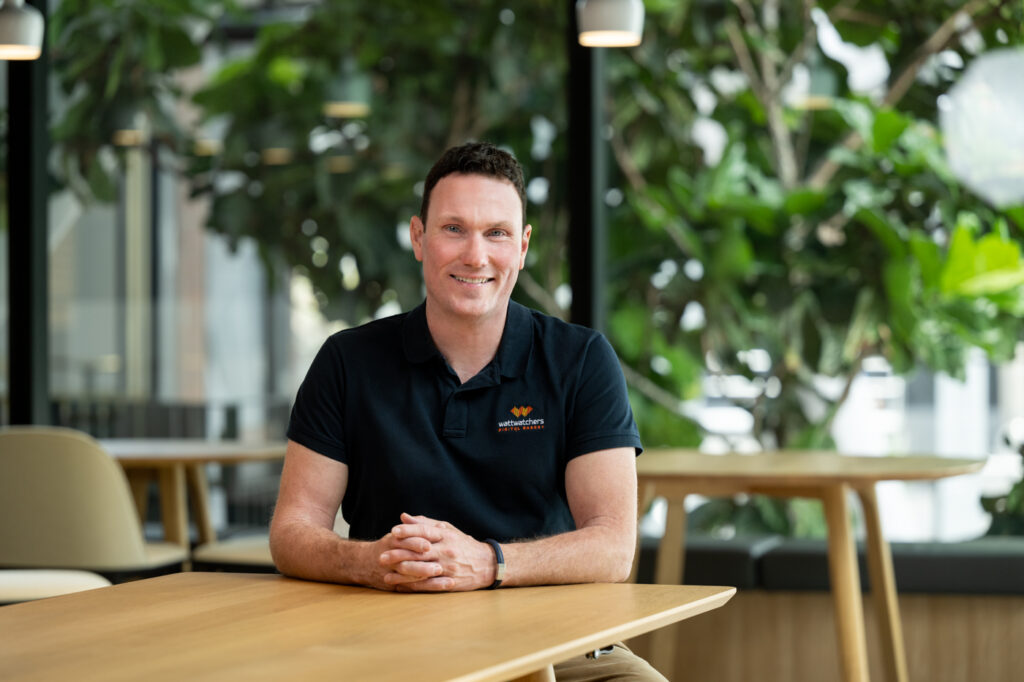

Technology
25 March 2025
Ransomware-As-A-Service Variants on the Rise With Critical Infrastructure Providers at the Greatest Risk

Business Advice
25 March 2025
Claims Processing Automation: How Insurers Can Cut Costs and Improve CX

Technology
18 March 2025
Secret Signs Your Internet Security Has Been Compromised



